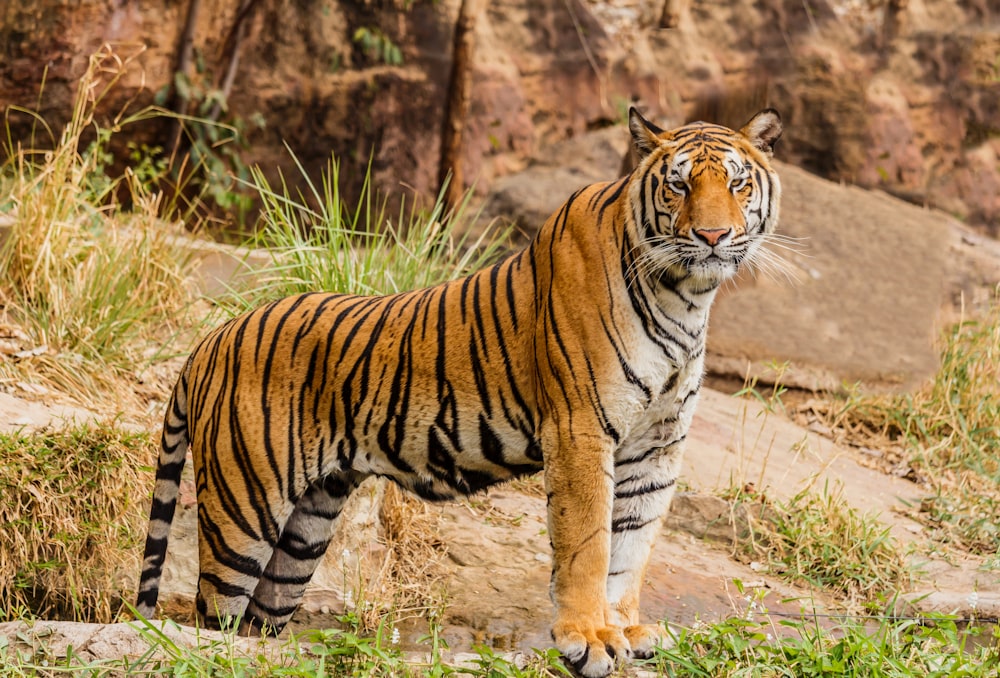Have you ever found yourself wondering: “Maybe we didn’t cause Global Warming? Maybe it was just nature?”
If so, I don’t blame you. There’s tons of evidence of global climate change in the past, before we humans came on the scene and started using fossil fuels.
For example, there have been changes in global temperature due to volcanic activity and other natural phenomena.
Here is a graph that shows this fact.

Image credit, NASA. (Data from ice-core samples in Antarctica.)
So, what makes scientists think that the present climate crisis is any different?
The difference in this period of climate change isn’t just 1) how abrupt it is, or even 2) the fact that it started at the beginning of the industrial revolution, when people started burning fossil fuels. (Although both these facts are proven, too).
What separates this period of climate change from natural ones in the past can be found in the coldest place on earth..
If you still doubt that humans are causing global warming, go to Antarctica. There, in a remote outpost, you will find scientists working in one of the harshest environments on earth. Why are they there? They are drilling into the ice. And not for oil—no! For… more ice.
You see, when snow falls in places as cold as the Arctic and Antarctic, it doesn’t melt. It just builds up, and gets heavier and heavier, until its own weight weighs it down so much that it compresses into ice. Since snow is made up of 90% air (which is why it’s light and fluffy when it falls), this compression pushes the air out. But some of it stays inside the ice as little air bubbles.
So as you can imagine, if the snow fell, say, two thousand years ago, never melted, and instead compressed into ice, wouldn’t some of the air bubbles trapped inside also be from ten thousand years ago? Yes! And these are little samples of the air from that long-ago time.
The scientists in Antarctica are studying these air bubbles for that reason. They want to study the air from long ago. The air around the world is mostly the same at the same time, so if the air in Antarctica was composed of certain things, probably the air of the whole world at the time was composed of the same things—-giving the scientists the longest and best record they can get of what the climate was like throughout history.
So, scientists can get the ice and study it to find out, for example, how much carbon dioxide was in the atmosphere at a certain time.
Now, here’s another thing I need to tell you: You know plants breathe in carbon dioxide and emit oxygen, right? Well…Plants are picky eaters. Yeah, you heard me right. Plants prefer one isotope*(See definition at bottom) of carbon dioxide over another. There are two main isotopes of CO2, carbon 13 and carbon 12. Carbon 12 is the lighter type, and it’s the type all plants prefer… even the plants, say in the time of the dinosaurs.
So, when those prehistoric plants died, they kept the carbon 12 in their remains, and over time those remains became fossils. Now, we’re pumping them back up as fossil fuels. Hence the name, right?
Well, since those plants mostly contained carbon 12, so do the fossil fuels. And when we use fossil fuels and release them into the atmosphere, changes happen: the atmosphere’s level of carbon 12 goes up, and the level of carbon 13 goes down. And that’s measurable.

Image credit: kottke.org
As you can see in this graph, the level of lighter carbon (carbon 12) went up, while the level of carbon 13 (mostly caused by volcanic activity) went down.
This is incredibly substantial evidence that humans, who released the carbon 12, are the culprits of our current climate change.
*Isotopes are like types of atoms. Atoms, which are the building blocks of all things, are made of different compositions (amounts) of their own building blocks––electrons, neutrons, and protons––depending on what they are part of or what they are creating. Carbon 12 contains six neutrons, six protons, and six electrons, giving it an atomic mass (size or weight- amount) of twelve. Carbon 13 contains six protons, six electrons and seven neutrons, giving it an atomic mass of 13.
